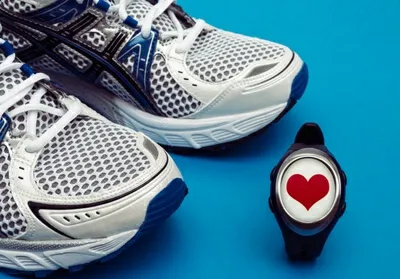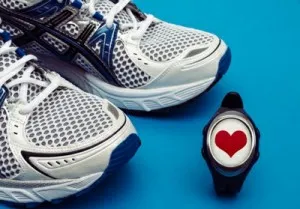
- Share on Facebook16
- Share on Pinterest
- Share on Twitter
Do you roll out of bed each morning, hop in your car, jump out, onto the elevator and take a seat at your desk for 8 hours? If so, you are not unlike many Americans who live a car to desk lifestyle.
Perhaps you often skip lunch or sit at your desk and eat a quick bite while working. You leave for home, too exhausted to do anything but collapse on the couch. If you have done nothing physical, why are you so exhausted?
The answer is in the question. It is simply because you have not done anything physical that you are exhausted. In fact, less than 25 percent of Americans walk for more than ten minutes at a time in a typical week. The health implications of this sad fact are far reaching.
According to a study in the American Journal of Preventative Medicine most Americans do not bike, walk or engage in any other form of active transportation. Active transportation defined is any human-powered transportation, most notably walking or biking. It also includes using a wheelchair, skateboard, roller skates or skating.
Benefits of Active Transportation
People who engage in active transportation have lower body mass and less risk of developing lifestyle illnesses such as type 2 diabetes, hypertension and heart disease which make up about 80% of healthcare costs.
Not to mention the emotional benefits attributed to regular exercise and the benefit to the environment. We reduce our carbon footprint immensely when we choose to use our “human power” to transport our body from place to place.
Active transportation is just as beneficial to overall health and wellbeing as other forms of physical activity. There is even some evidence to suggest that active transportation increases employee morale and productivity, as well.
Change in Government and Employer Policies
The United States has one of the lowest rates of active transportation in the entire world. However, this is mostly due to the fact that our transportation policies and funding are geared towards automobile travel, which discourages active transportation.
 For some, who may live just a short distance from a store, their workplace or other public areas, biking or walking is a hazardous activity because of lack of dedicated pedestrian space.
For some, who may live just a short distance from a store, their workplace or other public areas, biking or walking is a hazardous activity because of lack of dedicated pedestrian space.
Roadways may not be biker or walker friendly, and employers may not make it easy for their employees to transport themselves to work via active transportation. To encourage active transportation requires that communities promote dedicated bike lanes and enforce laws relative to human-powered travel. Road sharing is a major issue of safety in many cities where cyclers and cars compete for space.
Employers must also be supportive for change to take place. Active transport supportive companies provide employee bike storage, lockers and even shower facilities.
If you are passionate about active transportation, approach your employer and share your concerns. If enough employees are interested, there is a good chance that they will support you and make changes.
Transportation policy is health policy and reform is required for the health of all Americans. With a shift in thinking, funding and policy making, more Americans will be encouraged to leave their gas guzzlers sitting and power up their legs!
-The Alternative Daily
Resources:
http://www.sciencedaily.com/releases/2012/11/121130151132.html
- Share on Facebook16
- Share on Pinterest
- Share on Twitter

